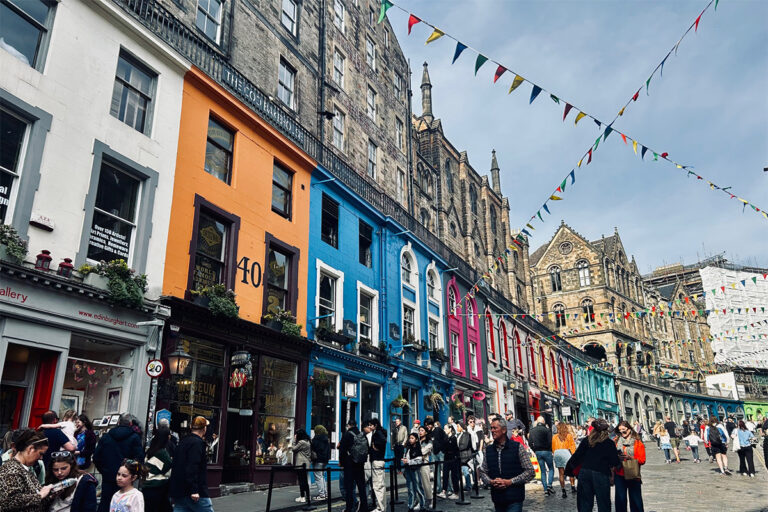
In the midst of the COVID-19 health crisis, forced confinement is also an opportunity for doing relaxing, leisure activities at home.
SEAT engineer Philipp Klein Herrero is the creator of a hit stop-motion video showing him skiing in his living-room. Employees at SEAT suggest five pastimes based on their professions to make the hours of confinement pass more quickly. Needlework, puzzles and pottery are some of the examples proposed by the professionals who made a career out of their hobbies
With the current world situation and forced confinement due to the COVID-19 pandemic, staying home is a daily battle against boredom. SEAT mechanical engineer Philipp Klein Herrero knows this well. Passionate about cars, skiing and photography, on the same day that containment was ordered for the entire country he was planning to go on a skiing trip with his family, but cancelled it to comply with the lockdown rules: “I could have gotten on that bus, but when I saw that the situation was getting increasingly difficult, I decided to stay home.”
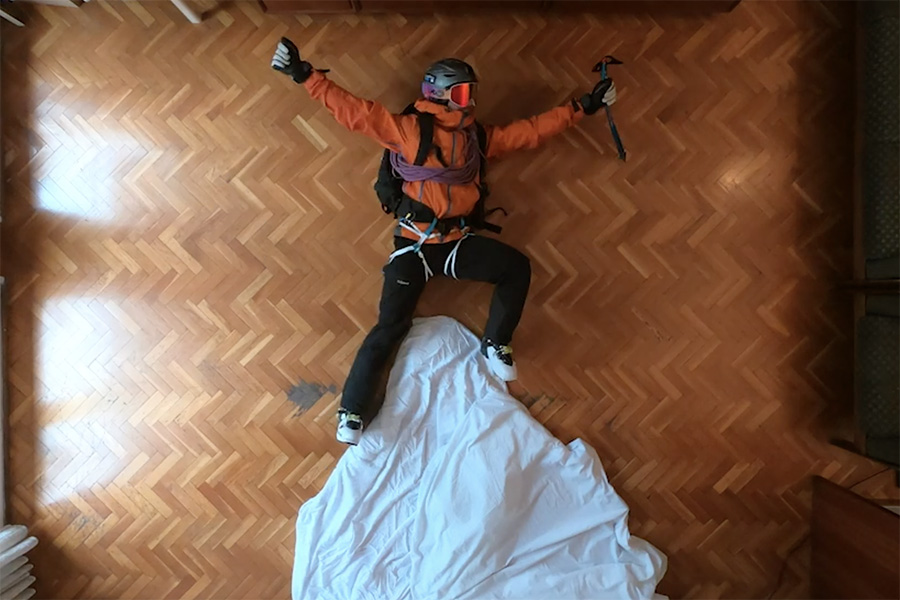
However, nothing was going to put a damper on his enthusiasm for skiing, even if it was just within four walls, and in six hours he recorded and edited the stop-motion video that is going viral on social media, with almost half a million views on YouTube. 57 seconds is enough time to tell a story: we see Philipp waking up in a sleeping bag in his living room, then he climbs a mountain of white sheets with an ice axe before skiing down, and all filmed from the ceiling.
Although in the end he couldn’t go on the freeride trip he had been saving up for all year, the author of the project still made the most of it by finding a way to have fun at home and encourage others. Never thinking he’d cause such an impression, Philipp has a message for those who are bored these days: “this confinement is putting us all to the test, so I encourage everyone to think about their dreams and passions and find a way to unwind to make this more bearable.”
It is precisely this artistic touch that is a common denominator in much of the work carried out at SEAT. In fact, some of the company’s employees have made a career out of their hobby: painting, sewing, doing puzzles – it all adds up when it comes to making a car. Based on their professions, SEAT employees suggest five other hobbies to combat boredom at home.
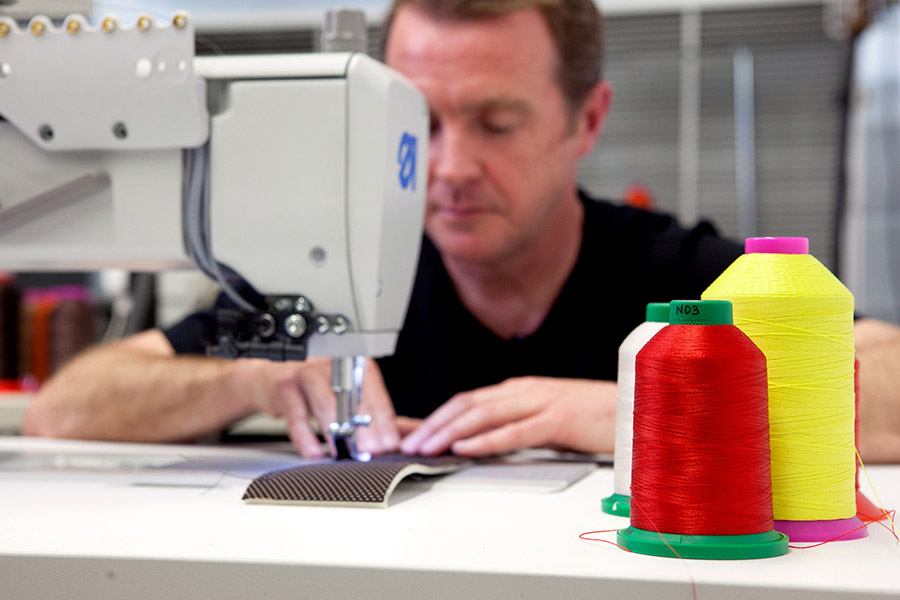
Crocheting, knitting, embroidery… most of our grandmothers are expert needleworkers. At SEAT, the hands of ‘car tailor’ Nick Allen craft the interior trim of the cars, using up to 30,000 metres of thread every year. Nick, who has been in the business for 35 years, has clear advice for anyone who wants to get started in sewing: “Have a keen eye, good hands… and above all, a lot of patience. The rest comes with experience”, he says.
This hobby is now a very good option, and it is beneficial during the health crisis. Today, many of the company’s workers, including Nick himself, are helping to make face masks. In his case, he makes about 50 a day.
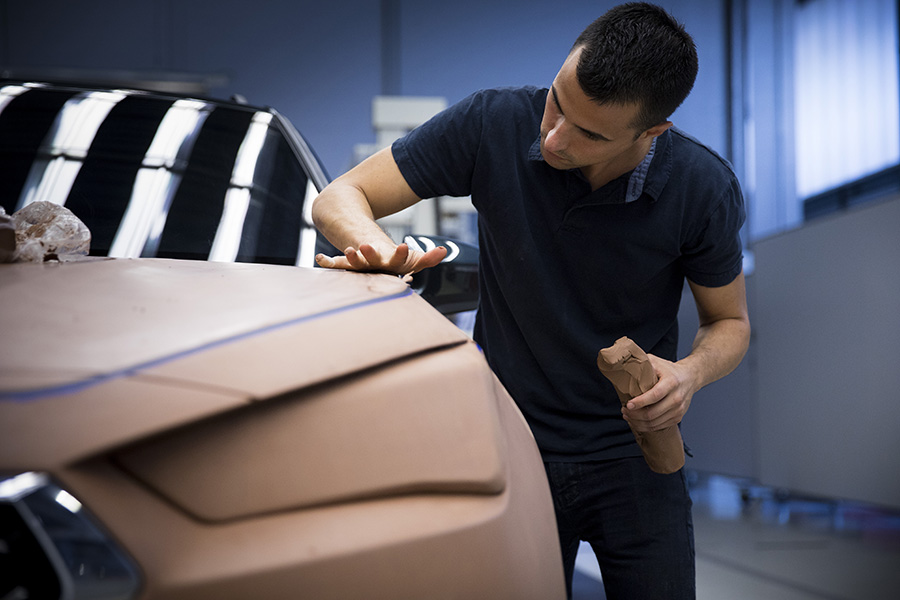
Who hasn’t ever imagined getting messy with clay like in the film Ghost, with your partner and romantic music in the background? This quarantine is an opportunity to start using a wheel to throw bowls, plates and ornaments for when everything goes back to normal.
You could say that this is the work of Carlos Arcos, head of SEAT’s exterior modelling, who has been shaping life-size car designs for 20 years. He uses a very versatile and fast-cooling type of clay. For Arcos, the most important thing when sculpting is “look at the model from different angles and shape what you see with your hands so that what you visualise in 2D finally becomes real.”
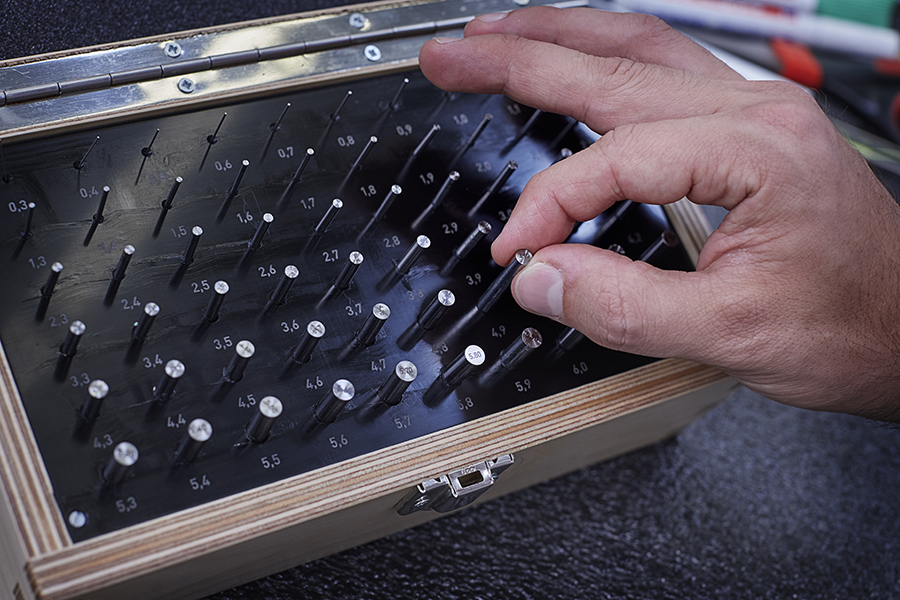
Jigsaw puzzles, 50, 100, 250, 800, 1,500 pieces… There are puzzles that are suitable for all ages, with different levels of difficulty, and are always best done in a group. However, when it comes to putting together all the pieces of a car puzzle, you need a good team that can assemble the 4,000 parts it’s made up of.
This is the task of the Measurement Technology department at SEAT, which works with an accuracy of 1/10 of a millimetre, equivalent to the thickness of a sheet of paper, when fitting the parts of each vehicle. According to area manager Pedro Vallejo, these levels of precision are transferred to the final product, “a perfect, precise, compact, quality whole”, he says. The equivalent of that framed puzzle that everyone has on the wall because of the effort it took to complete.
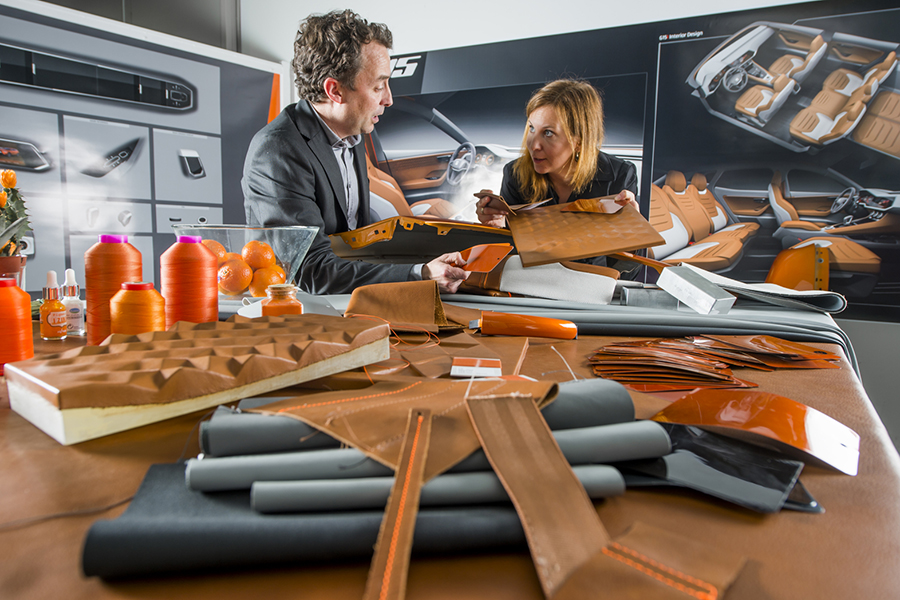
A blank canvas, an idea and coloured pencils, paint or spray. That’s all you need to start painting. If you want to draw a summer landscape, you should use warm colours such as red, orange and yellow. If you prefer a winterscape, white, blue and violet are your colours. In car design, colour also plays a very important role. Jordi Font, the head of Color & Trim at SEAT, points out that “colour choice is very personal and expresses how you want others to see you.” In this sense, Jesús Guzmán, also from the Color & Trim department, practices by customising the paint on his miniature car collection. This helps him “research new paint formulations for future models”, he explains. He even has a profile on Instagram where he displays his work (@singularpaint).
Finally, if you are into traditional crafts, restoration could be a good option. In 2017 one of the early 600 models was restored by a team of 30 people from the SEAT Technical Centre, led by project manager Ángel Lahoz. The car, which had remained idle for 25 years, needed more than 1,000 original parts and it took up to 1,500 hours to completely dismantle it and restore each part by hand. However, if you’ve never done it before, perhaps it would be better to start with something smaller. Ángel himself recommends that you “first take it completely apart and give it a thorough but gentle cleaning.
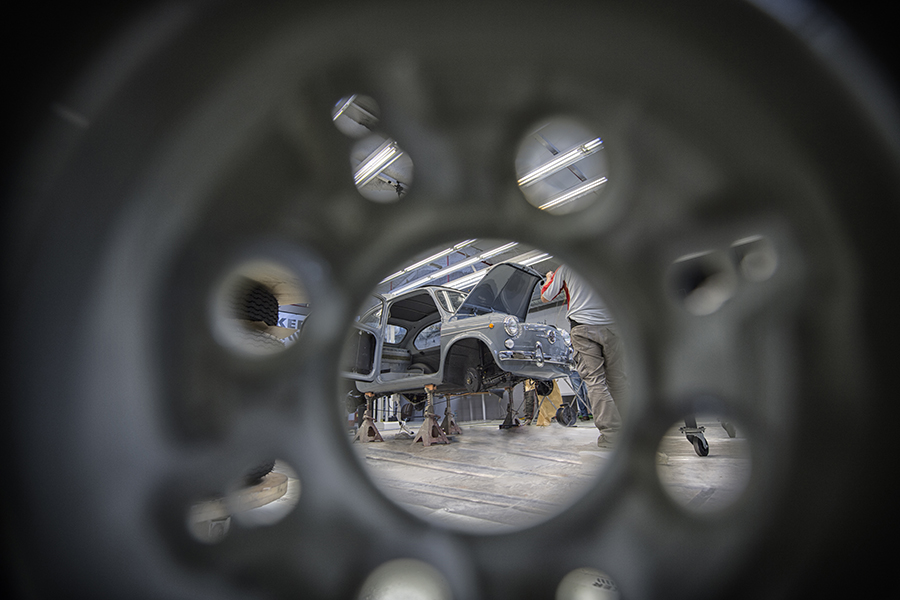
If you don’t have any tools, you can always use old utensils, an old soft toothbrush; and you can take a piece of sponge with a bit of toothpaste to polish something up.” He adds “if you have a set of felt-tip markers at home you can do a decent job of repairing scratches on toys or any other object”![]()








